More about: Pink FloydRoger Waters
Pink Floyd's Nick Mason has compared the time after Roger Waters left the band in 1984 to the aftermath of Russian leader Josef Stalin’s death.
Speaking to Mojo magazine, the drummer discusses the seismic impact of having someone as forceful as Waters leave the band.
“It must have been the same when Stalin died,” says Mason. “It took quite a while [to recover], it was a three or four year period.”
Mason also reveals further details about Waters' final meeting with himself and David Gilmour in 1984 . “Roger thought we were all going to call it day, and David and I thought Roger was going to call it a day and we were going to carry on,” Mason explains. “[But] the thing is, these slightly unbalanced people make great musicians. If we hadn’t had the mad Syd and the mad Roger, we might have been doing 'Chirpy Chirpy Cheep Cheep'.”
Watch the trailer for The Endless River below
The Endless River, the band's first album in 20 years will be released on 7 November. Speaking to Gigwise earlier this week at the Q Awards, where the band took home the Q Classic Album prize for Dark Side Of The Moon, Mason revealed that the LP very much picks up where the Division Bell left off.
"The first thing to make really clear is that a lot of the new album is actually something that was originally started 20 years ago, so a lot of it is where we were 20 years ago," Mason told Gigwise.
"The idea was that we were going to make Division Bell into a double album, half of it songs and half of it ambient - this is based on some of that ambient material with a lot of other things added in. In some ways it's old Pink Floyd, rather than new Pink Floyd. It's not groundbreaking, but it different, I suppose."
Asked if the organic and old-school nature of the album would make it easier to play live, Mason revealed doubts - adding that it seems unlikely that they'll tour the record.
"It would be fun to play live, but it doesn't actually lend itself to a proper tour," he said. "It's something that you could play in UFO Club in 1967, it certainly isn't a stadium sort of event, and without Rick it's probably impossible. It's impossible to play, because the nature of it is that a lot of it is designed there and then - if one played it again, you wouldn't want to repeat what was one the record. It's not something where you learn it and play it.
When probed on if there were any hopes or ambitions to tour the album at all, Mason added: "I don't think so."
Below: The Strangest Facts About Pink Floyd
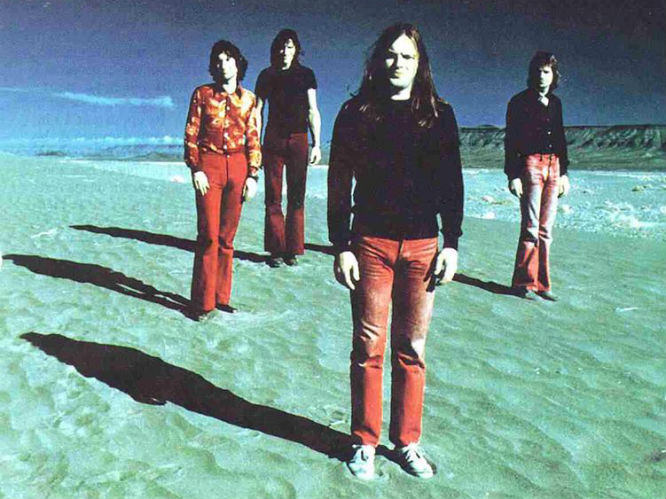
In 1971 the band killed a pond full of fish live on stage. Pink Floyd used to feature animals in their live show, including flying pigs and giant octopus. During one show they used a lake in front of the stage, which was filled with fish to create a misting effect while a giant octopus inflated behind the band. Photographer Robert Ellis recounts that as thunder boomed in the sky above and the audience stormed through the makeshift lake, all the fish floated to the top as a result of the dry ice.
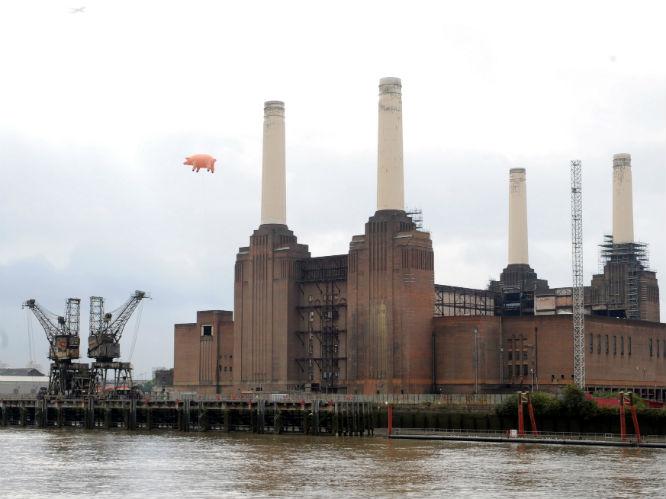
The cover for Animals presents a flying pig to the viewer, in a subtle allusion to George Orwells Animal Farm. While the artwork went on to become hugely famous, the 1976 shoot didn't go so well. The inflatable ended up breaking free of its moorings, rising directly into the path of planes flying from Heathrow. All flights were grounded and photographer Lucy Sparrow was arrested while police and RAF aircraft chased after the pig. It eventually fell to the ground in Kent.
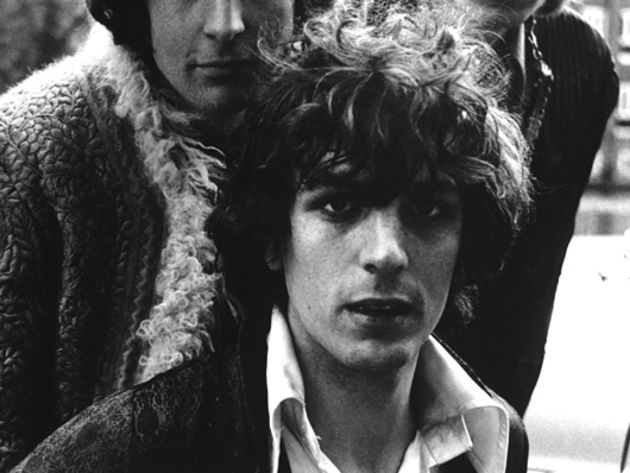
Roger Waters said that Syd Barrett bought a song entitled "Have You Got It Yet" to his last practice session with Pink Floyd. They then proceeded to play and attempt to memorize the fairly simple arrangement, but were unable to learn it because Barrett kept changing the arrangement incrementally. During each performance he would sing "have you got it yet", while the band struggled with the arbitrary changes. Waters called it "a real act of mad genius".
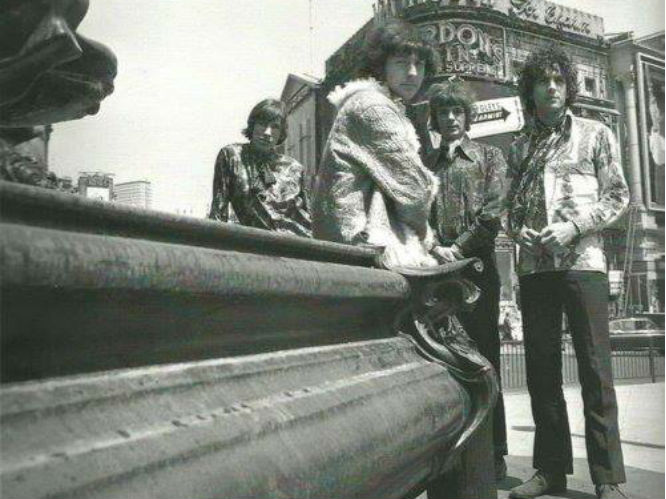
In 1973 Pink Floyd experimented with making an album that was entirely Musique Concrete (music not restricted by melody, form and time signatures). "We used rubber bands," said Dave Gilmour, "we actually built a long stretched rubber band thing, about two feet. There was a G clamp at one end fixing it to a table and another G clamp at the other end fixing it to a table. There was a cigarette lighter under one end for a bridge and there were a set of matchsticks taped down the other end. You stretch it and you can get a really good bass sound. "We used aerosol sprays and pulling rolls of Sellotape out to different lengths. The further away it gets the note changes."
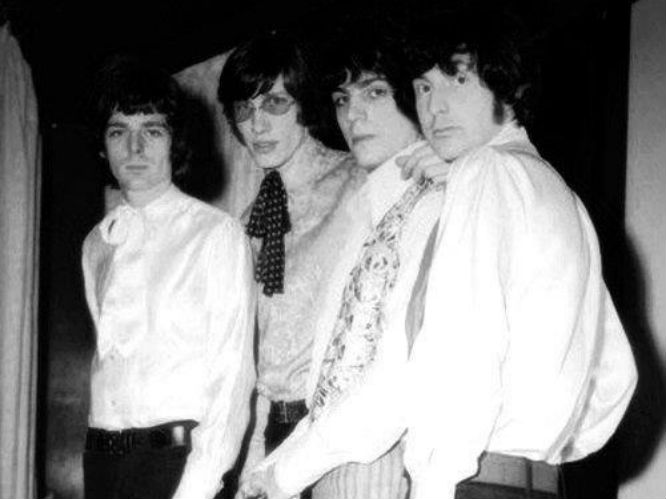
David Gilmour helped to launch the career of one Kate Bush. He sent her demo to his contacts at EMI and the rest is history. He was present for the recording of her debut The Kick Inside.

The voices on Dark Side Of The Moon were created when Roger Waters wrote questions on cue cards, showed them to the roadies, and recorded their answers doormen, members of the band Wings, and anyone available at Abbey Road. 20 questions were featured, including: "When was the last time you were violent and were you in the right?", "What does the phrase", "The Dark Side of the Moon" mean to you?". The laughter on 'Brain Damage' and 'Speak To Me' is that of road manager Peter Watts, father of Naomi Watts.
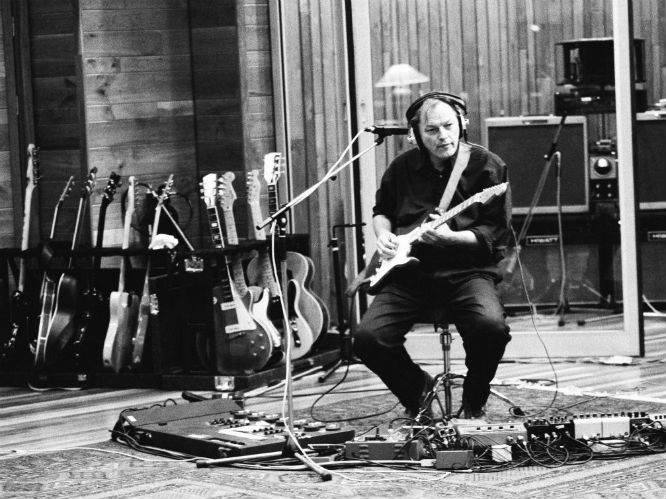
David Gilmour owns a custom-built studio called The Astoria, which is a converted house boat on the river. He set up the extremely comfortable space because he was sick of recording in studios with no windows or light.
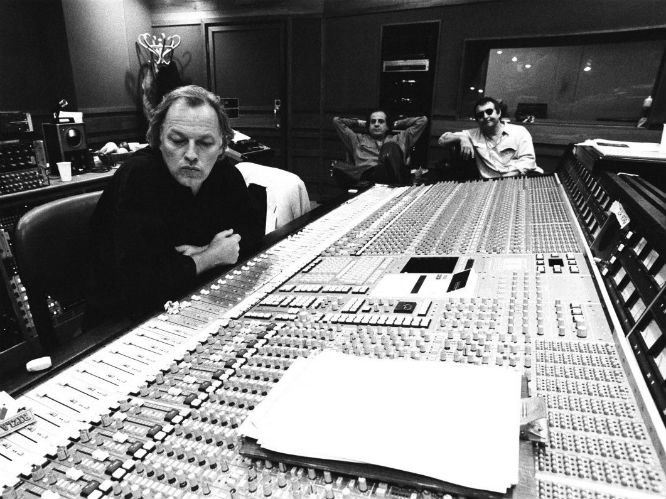
The band experimented with three dimensional sound throughout their career. During a performance of 'See Emily Play' at Queen Elizabeth Hall in London they used a quadraphonic device called an Azimuth Co-ordinator that combined amplified sound and recorded tapes to rotate sound waves 270 degrees around the venue, creating a swirling effect. In 1972 they bought a P.A. that could create a full 360 degree effect.

Roger Waters staged a live version of The Wall in 1990 that featured Bryan Adams, Paul Carrack, Tim Curry, The Band, Thomas Dolby, Cyndi Lauper, Marianne Faithfull, Albert Finney, James Galway, Jerry Hall, Ute Lemper, The Scorpions, Joni Mitchell, Van Morrison and Sinead O'Connor.
More about: Pink FloydRoger Waters



